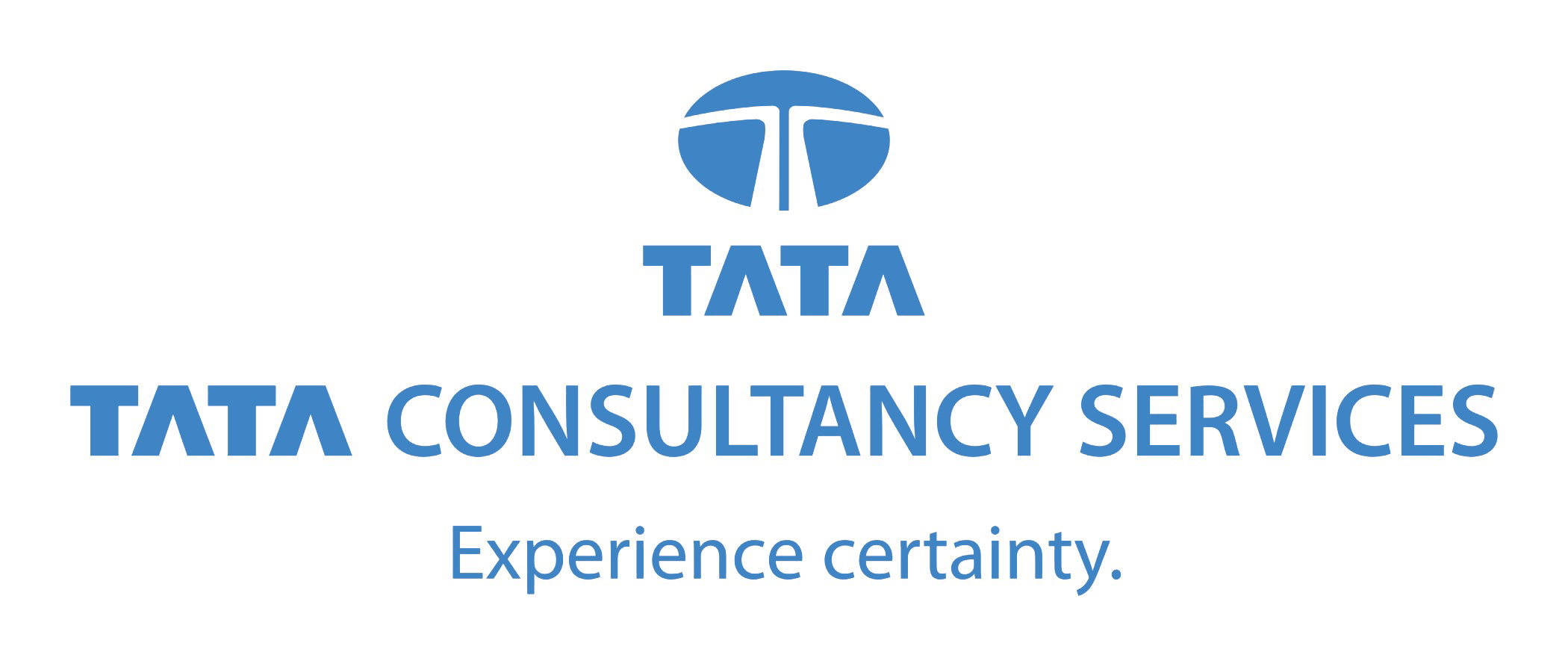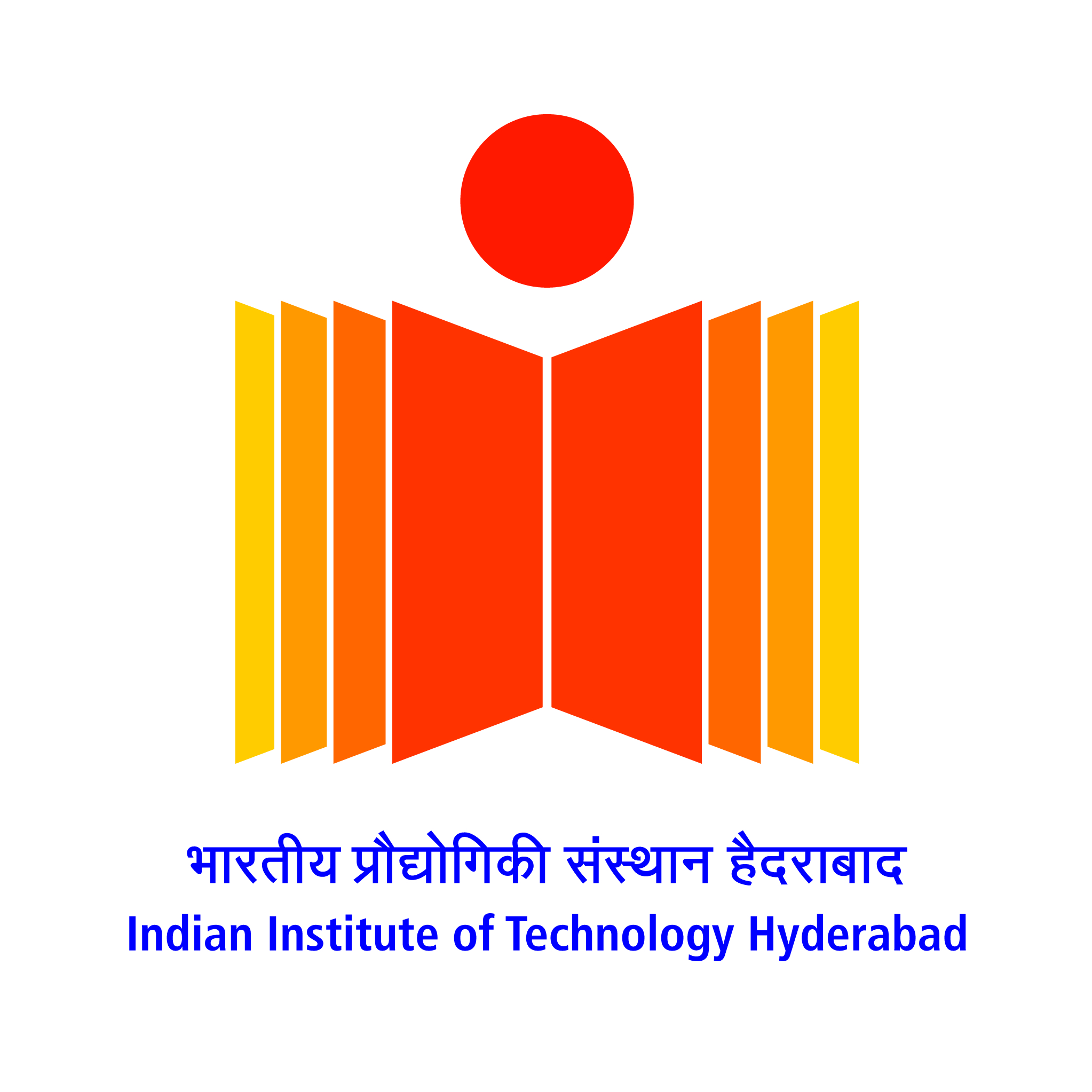Networked Healthcare Technology (NetHealth)
Mobile Health: Designed for Humans
Ashutosh Sabharwal
Professor, Department of Electrical and Computer Engineering (ECE)
Rice University, Houston, TX 77005
Email: ashu@rice.edu
Mobile health, mHealth for short, offers a great opportunity to scale healthcare for the growing world's population. At the same time, mHealth framework deviates from our well-established healthcare systems and thus introduces new challenges, many due to human behavior and life's realities. In this talk, we will discuss how engineers would need to add new elements in their designs to address the challenges of mHealth.
About the Speaker:
Ashutosh Sabharwal is a Professor of Electrical and Computer Engineering at Rice Engineering. His research interests are two-fold: wireless networks and mobile healthcare architectures. His wireless research spans theoretical foundations, protocols and experimental systems. He is the founder of the WARP project (http://warp.rice.edu), which enables high-performance clean-slate prototyping of wireless networks, and is now in use in more than 100 organizations worldwide. His health resarch includes mobile medical devices for health and behavior measurement, and methodologies to improve compliance. He is the current Director of Rice Scalable Health Initiative (http://sh.rice.edu).
Telemedicine - Challenges in Making it a Sustainable Solution
Dr Sumeet Pal Singh Ahluwalia
AVP & Head (Health Operations)
E Health Points
The doctor patient ratio in India is 1:1700 as compared to 1:1000 in US. This ratio is worse in rural India. 98% of doctors in India serve 30% of the population residing in urban areas. The remaining 70% of the population is served by a mere 2% of doctors in the country. Telemedicine is a promising tool to address this challenge of shortage of doctors prevalent across the globe. Though there are multifold challenges in implementing telemedicine, the opportunities still remain many.
About the Speaker:
Dr Sumeet is a graduate from AFMC (Armed forces medical college),Pune. He is a specialist in field of Ophthalmology (MS) and management graduate from Indian School of Business (ISB), Hyderabad. He has worked across the spectrum of healthcare ranging from multi specialty corporate hospitals to rural health care centers, established eye department for Manipal cure and care since inception, successfully organized more than 60 eye camps screening 25000+ patients, and has operated upon 2000+ patients.
Body, Touch and Brainwave Sensors based Environment Control System for Severely Disabled
Prabhat Ranjan
Dhirubhai Ambani Institute of Information and Communication Technology, Gandhinagar 382007 (India).
Email: prabhat_ranjan@daiict.ac.in
Many persons are not able to control environment around them due to their abilities being different from what is needed to operate them by conventional means. Some of them are not able to move their body part, press buttons or speak. Due to this they have to depend on others and this results in them living a poorer quality of life.
In this talk, we report our effort in focusing on the ability of the person and allowing them to operate environment around them using low cost systems developed by us. We have planned utilizing body part movements such as hand, leg and head movements as possible inputs to the system. We have taken advantage of low cost touch screen based system to take input from user in case they have slight movement of fingers. In case no body part movements are possible, we use voice, facial expressions, muscle vibration and conscious thoughts as input to our system. This system is customized to individuals needs and allows them to operate environment around them e.g. Light, Fan, TV, Computer etc. We also plan to allow them to operate Wheel Chair, Simple Machinery as well as generate Synthesized Speech. We give details of this work along with user experiences so far.
About the Speaker:
Prof. Prabhat Ranjan was educated in IIT Kharagpur and Delhi University before receiving his PhD degree from University of California, Berkeley based on his research at Lawrence Berkeley Laboratory during 1983-86.
He returned immediately to India to participate in the Nuclear Fusion program of the country. He continued his research at Saha Institute of Nuclear Physics, Calcutta and Institute for Plasma Research(IPR), Gandhinagar making major contribution to this area.
From 2002 onwards he is Professor at Dhirubhai Ambani Institute of Information and Communication Technology, Gandhinagar (DA-IICT). Currently he is engaged in applying sensor network technology to Wildlife research, Planetary Exploration, Nuclear Fusion and Healthcare among other areas. He has been responsible for development of Environment Control System based on body part movement, voice and brainwaves to help improve quality of life of differently abled persons. Development of these technologies within India can make significant impact on the quality of life of such persons.
For this work, he has received HP Innovate 2009 award, NCPEDP-Mphasis Universal Design Award 2012 and Bihar Gaurav Samman 2012.

























